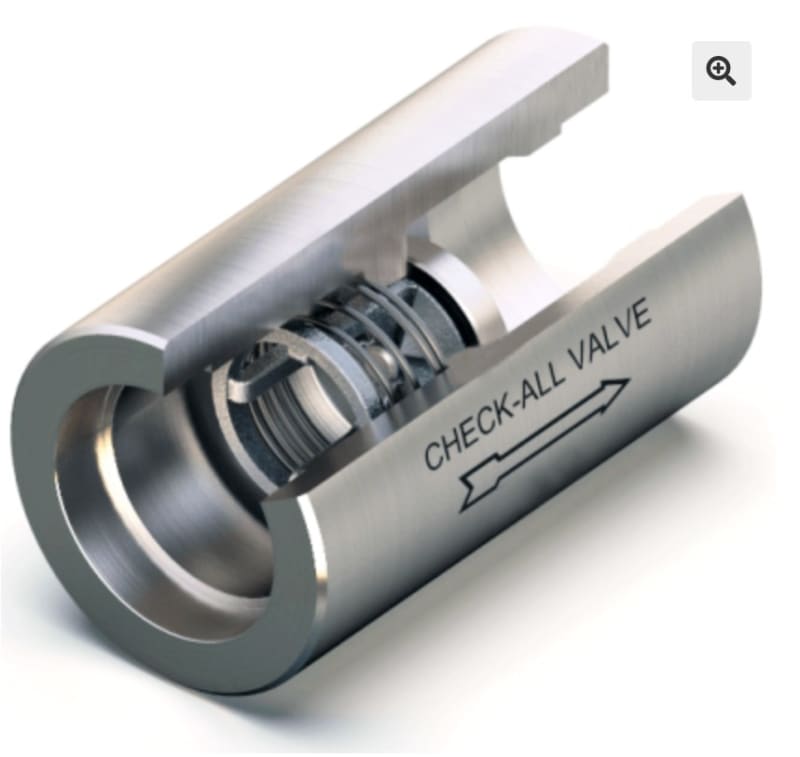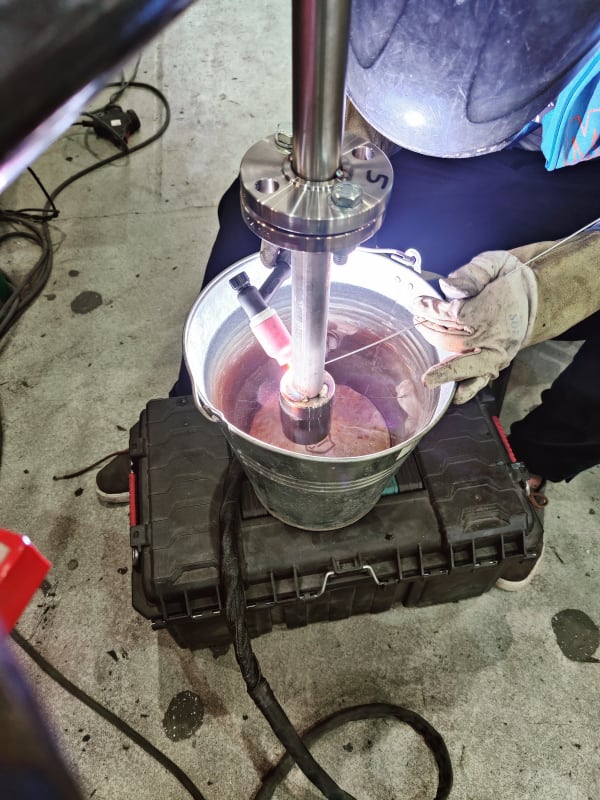Stefan2211
Chemical
Dear All,
what is the common practice to socket weld valves with internal gaskets e.g noeprene, N-Butan. The heat impact can damage the gaskets. The supplier does not provide a clear instruction other than "use heat sink or other method to avoid damage".
There are many ways to do it but what are your preferred and daily method to get it done. Attached 2 samples; control valve with installed PTFE gaskets in the body and check valve with neoprene gasket.
Thanks
what is the common practice to socket weld valves with internal gaskets e.g noeprene, N-Butan. The heat impact can damage the gaskets. The supplier does not provide a clear instruction other than "use heat sink or other method to avoid damage".
There are many ways to do it but what are your preferred and daily method to get it done. Attached 2 samples; control valve with installed PTFE gaskets in the body and check valve with neoprene gasket.
Thanks


